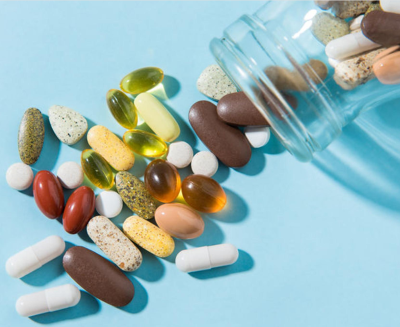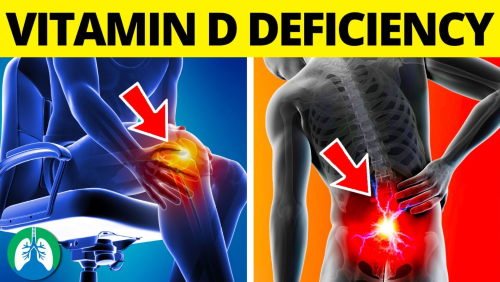Vitamin D and Sunlight: How Much You Need and the Best Time to Get It

Vitamin D and Sunlight: How Much You Need and the Best Time to Get It
Winter Health Alert: Addressing Vitamin D Deficiency for Stronger Bones
As temperatures drop, health issues tend to rise, with one common concern being weak bones caused by Vitamin D deficiency. The primary reason behind this is reduced exposure to sunlight during winter, which limits the body’s ability to produce sufficient Vitamin D. This deficiency impacts calcium absorption, leading to brittle bones. Individuals who engage in physical activities such as walking or cycling are particularly prone to these issues. Symptoms like brittle bones or a tingling sensation in the joints are often clear indicators of Vitamin D deficiency, though other factors might also contribute.

Tackling Vitamin D Deficiency: Key Measures
1. Vitamin D-Rich Foods
While dietary sources of Vitamin D are limited, certain foods can help meet daily requirements to some extent. Mushrooms, milk, meat, and fish are considered good sources. Incorporating these items into your daily diet can help address Vitamin D deficiency. However, dietary intake alone is often insufficient, especially for individuals with significant deficiencies.

2. Medical Supplements
For many, dietary sources may not be enough to combat Vitamin D deficiency, particularly as the body’s ability to absorb Vitamin D decreases with age. Medical supplements, such as Vitamin D tablets or liquid shots, are a popular and effective option. These supplements are usually taken for a limited period and not as a lifelong routine. It’s essential to consult a doctor for proper diagnosis and prescription before starting supplementation.

3. Sunlight Exposure
Direct sunlight remains the best source of Vitamin D. Although sunlight during winter is limited, making an effort to spend time outdoors in the morning can be beneficial. Experts recommend exposure to sunlight before noon, as the risk of harmful UV rays increases after midday. Even brief periods under the winter sun can help the body synthesize Vitamin D effectively.
By combining dietary adjustments, medical guidance, and sunlight exposure, individuals can address Vitamin D deficiency and maintain stronger bones during the winter months.











